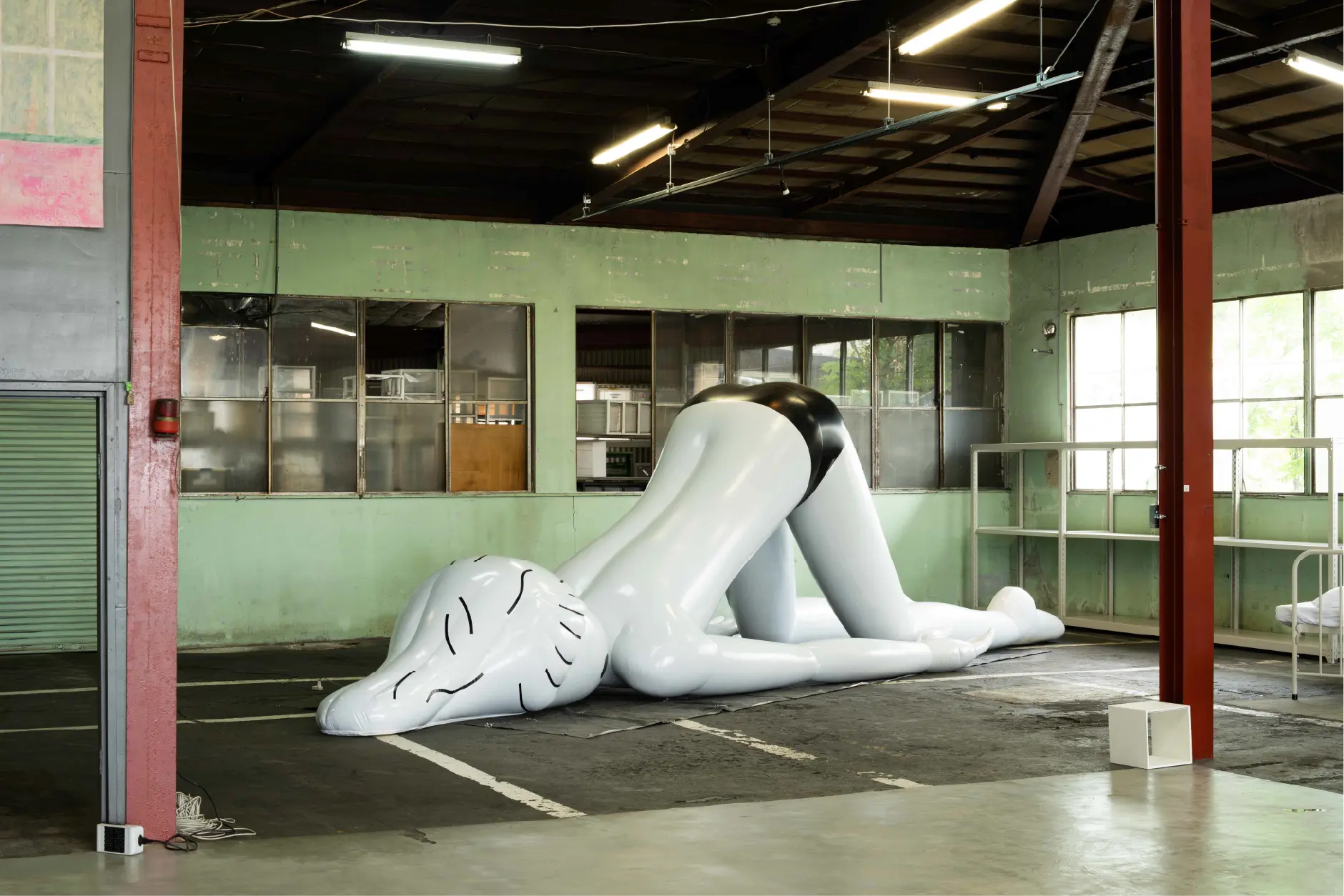Selected as one of the“52 Places to Go in 2024.” What is Yamaguchi City, the Kyoto of the West, like?
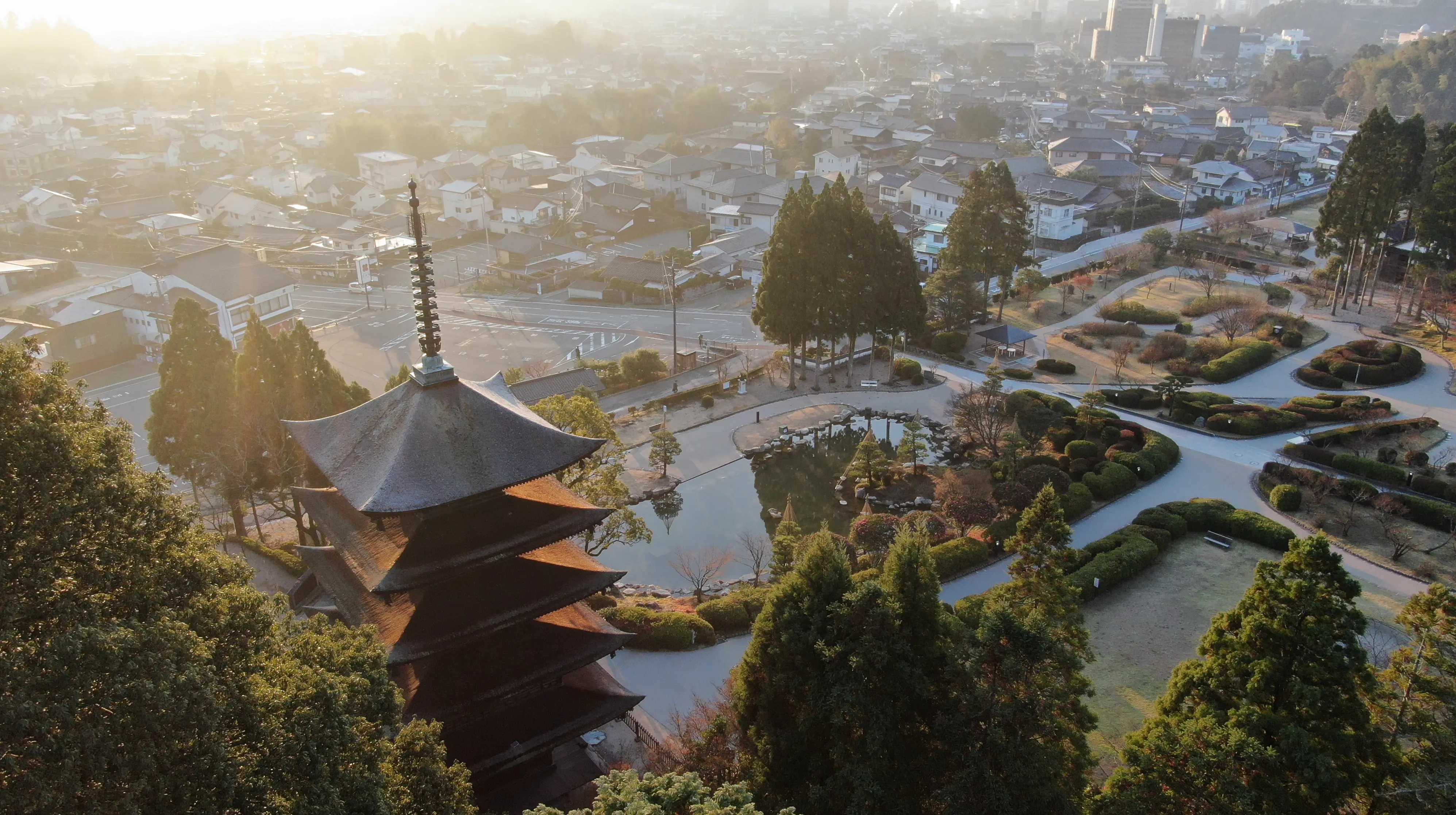
In The New York Times’ “52 Places to Go in 2024,” the only Japanese city included in the list was Yamaguchi City, Yamaguchi Prefecture. We talked to the city’s tourism association about the charms of this small city that has been exulting over the big news.
Every January, The New York Times picks and announces its recommended travel destinations around the world. According to the newspaper, Yamaguchi City was highly evaluated for being a compact city that is free of stressful overtourism, despite the fact that it is called the "Kyoto of the West".
To learn more about the charms of the city, we asked Yamaguchi Tourism & Convention Association, which knows everything about the city, about its recommended sightseeing spots.
1. National Treasure Rurikoji Temple Five-storied Pagoda (Rurikoji Goju-no-to)
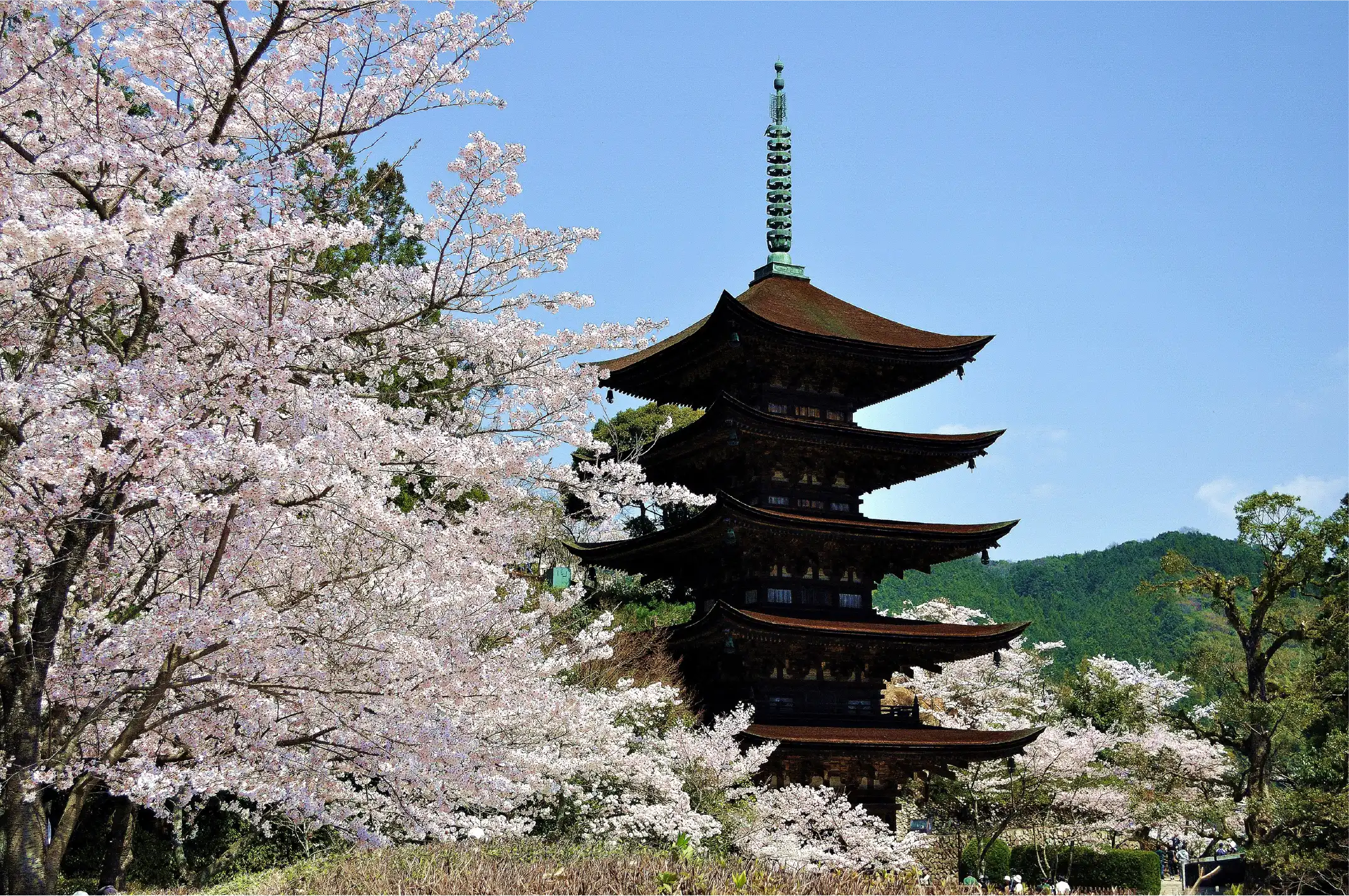
One highly-recommended spot is Rurikoji Temple Five-storied Pagoda, a symbol of Yamaguchi City and a national treasure with about 600 years of history. It is known as one of the three great pagodas of Japan for its beauty, and it was also highly acclaimed in the New York Times article as “stunning.” Located among lush nature of Kozan Park, this place offers a beautiful view each season—cherry blossom during spring and a snowscape during winter. It is currently undergoing a major restoration for the first time in about 70 years, and it has been scheduled to reappear around March 2026.
2. Ichinosaka River and the surrounding area
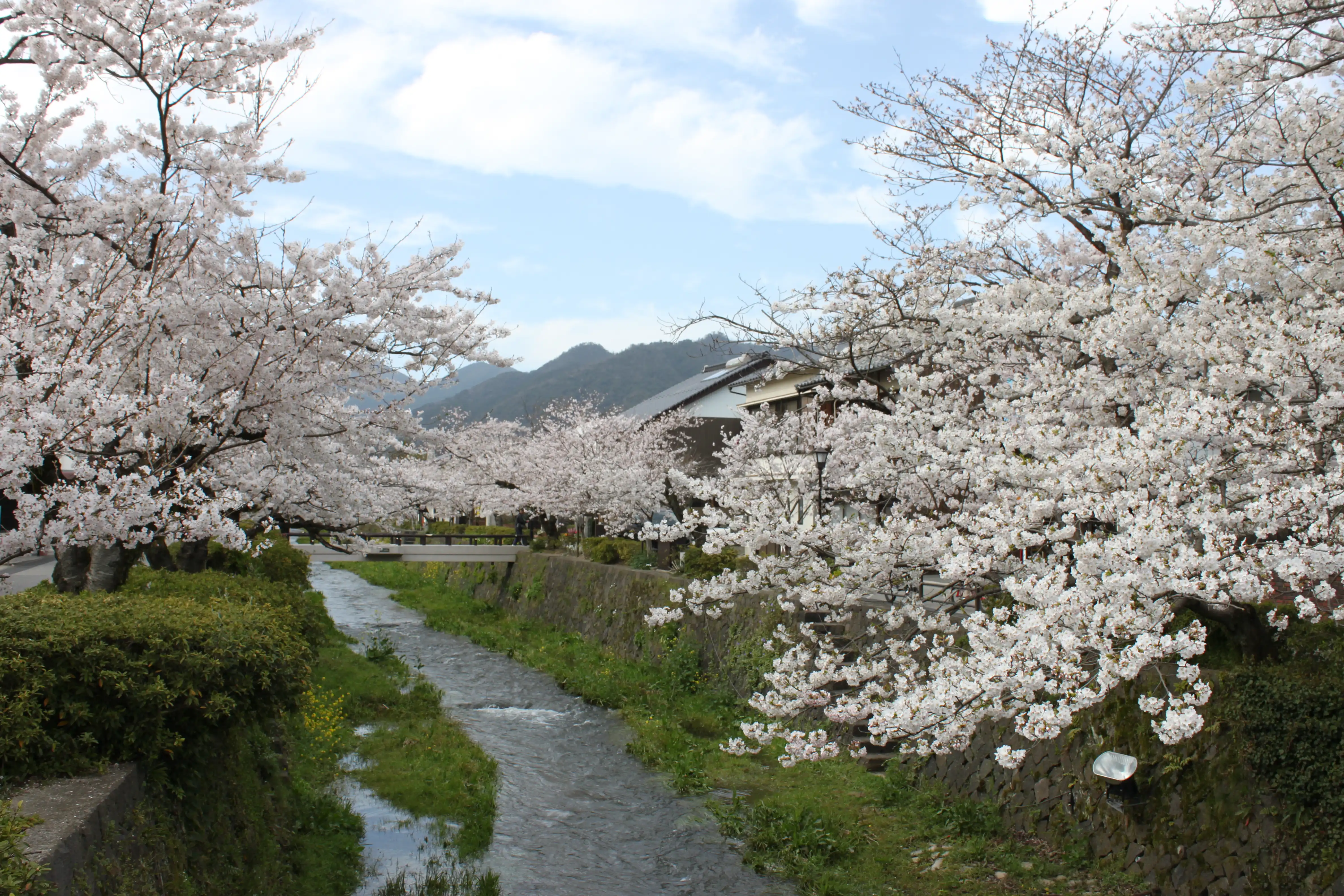
We would also like to touch on the cityscape of Yamaguchi City, a city described as the “Kyoto of the West,” as it has been developed based on the Kyoto style. One of the recommended spots is the area along the Ichinosaka River. Likened to Kyoto’s Kamo River, the area offers a beautiful scenery of about 200 cherry blossom trees blooming in full glory along the river during spring, and they are also illuminated at night, attracting many people.
Also from the end of May to early June, an event called Fire Fly Observation Week is held. You may witness the magical sight of genji-botaru, a species of firefly found in Japan, which has been designated as one of Japan’s Natural Monuments. From July 20 to 27, Yamaguchi Gion Festival, a festival modeled after Kyoto’s Gion Festival, is held. On August 6 and 7, Yamaguchi Tanabata Lantern Festival, one of the three biggest fire festivals of Japan, is held. Both festivals are highly recommended, as they are traditional events perfect for enjoying the summer in Japan.
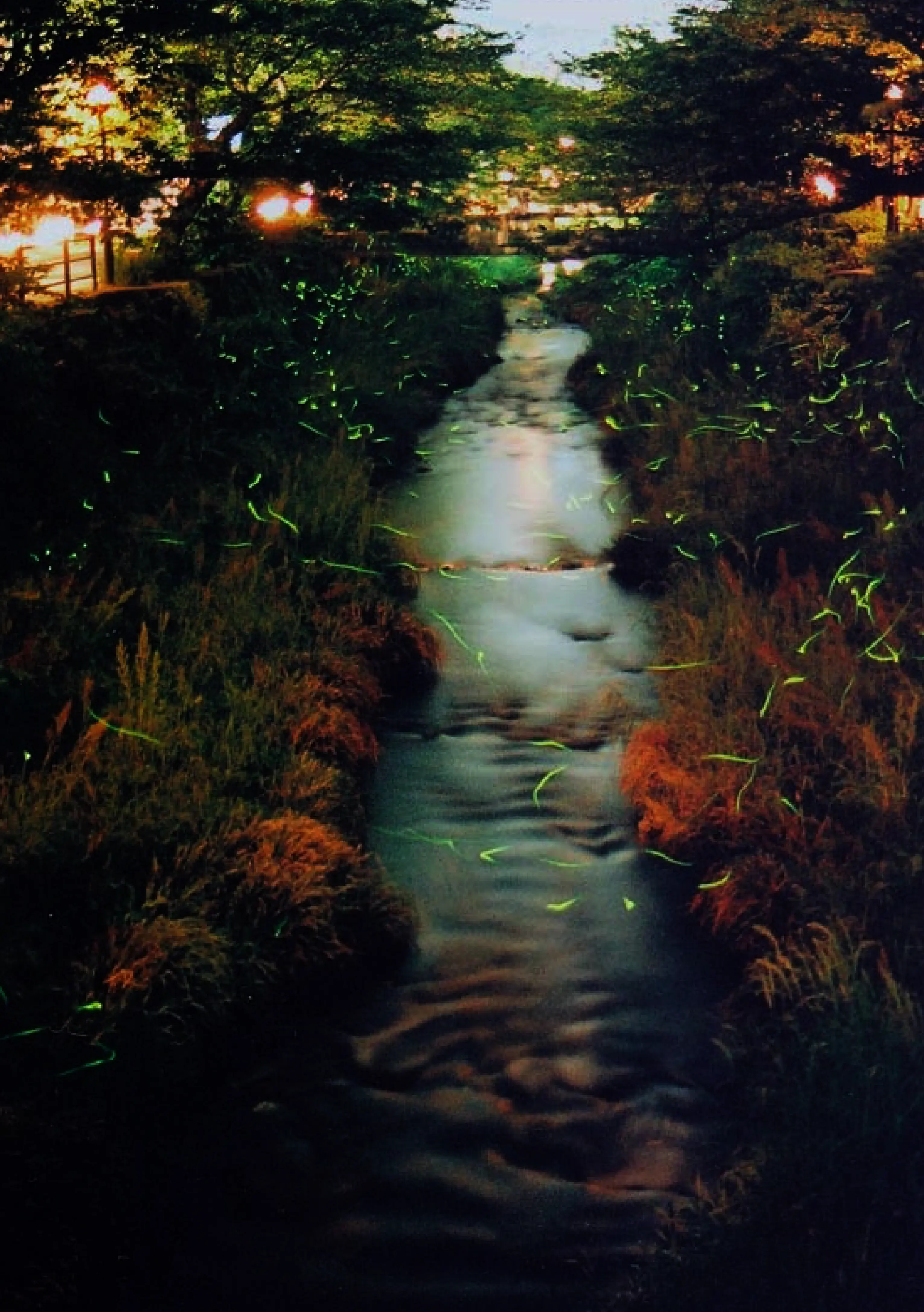
"Fire Fly Observation Week" is a time to enjoy the fantastic light of fireflies.
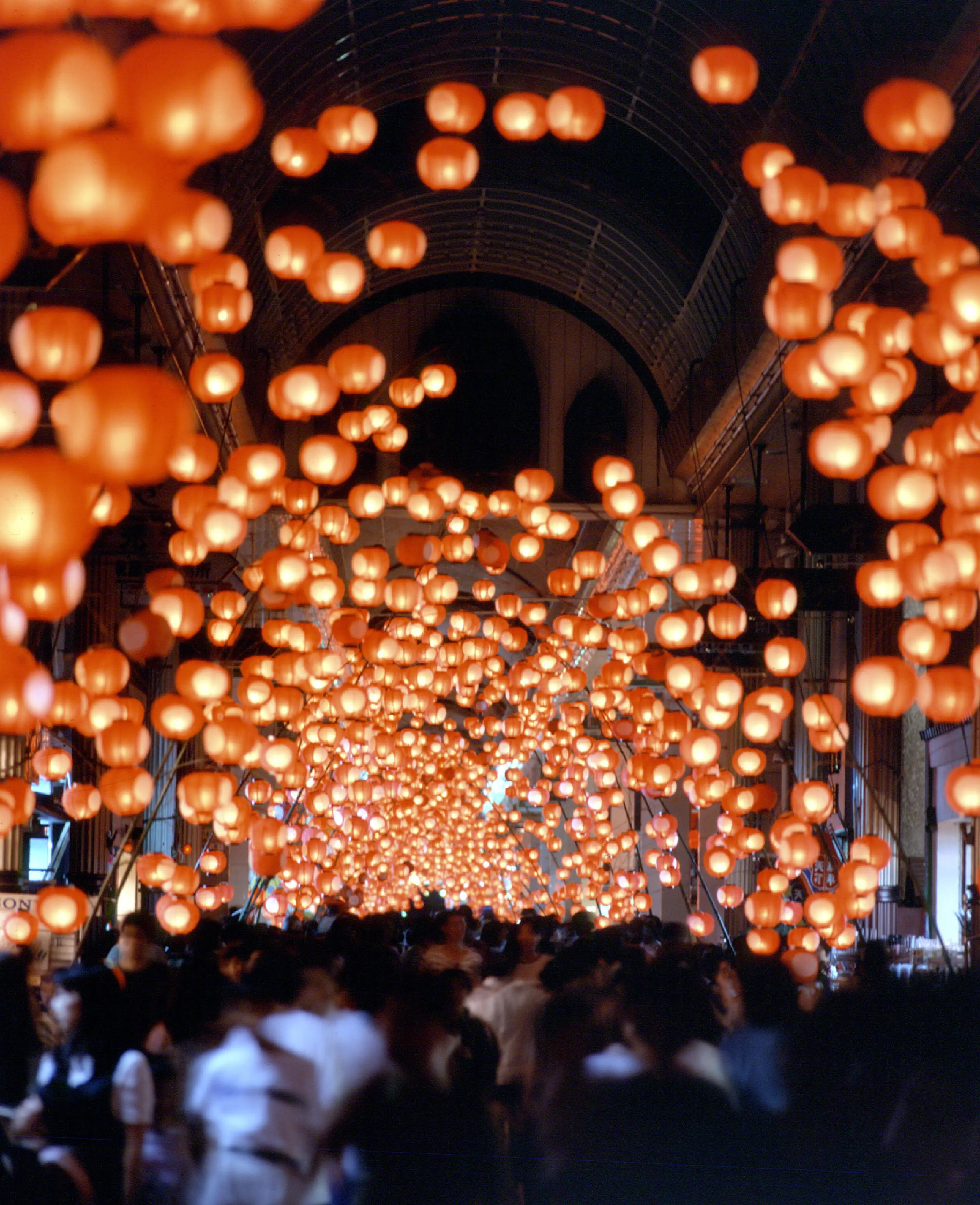
Lanterns attached to bamboos brightly illuminate the city.
3. Yuda Onsen (Yuda Hot Spring)
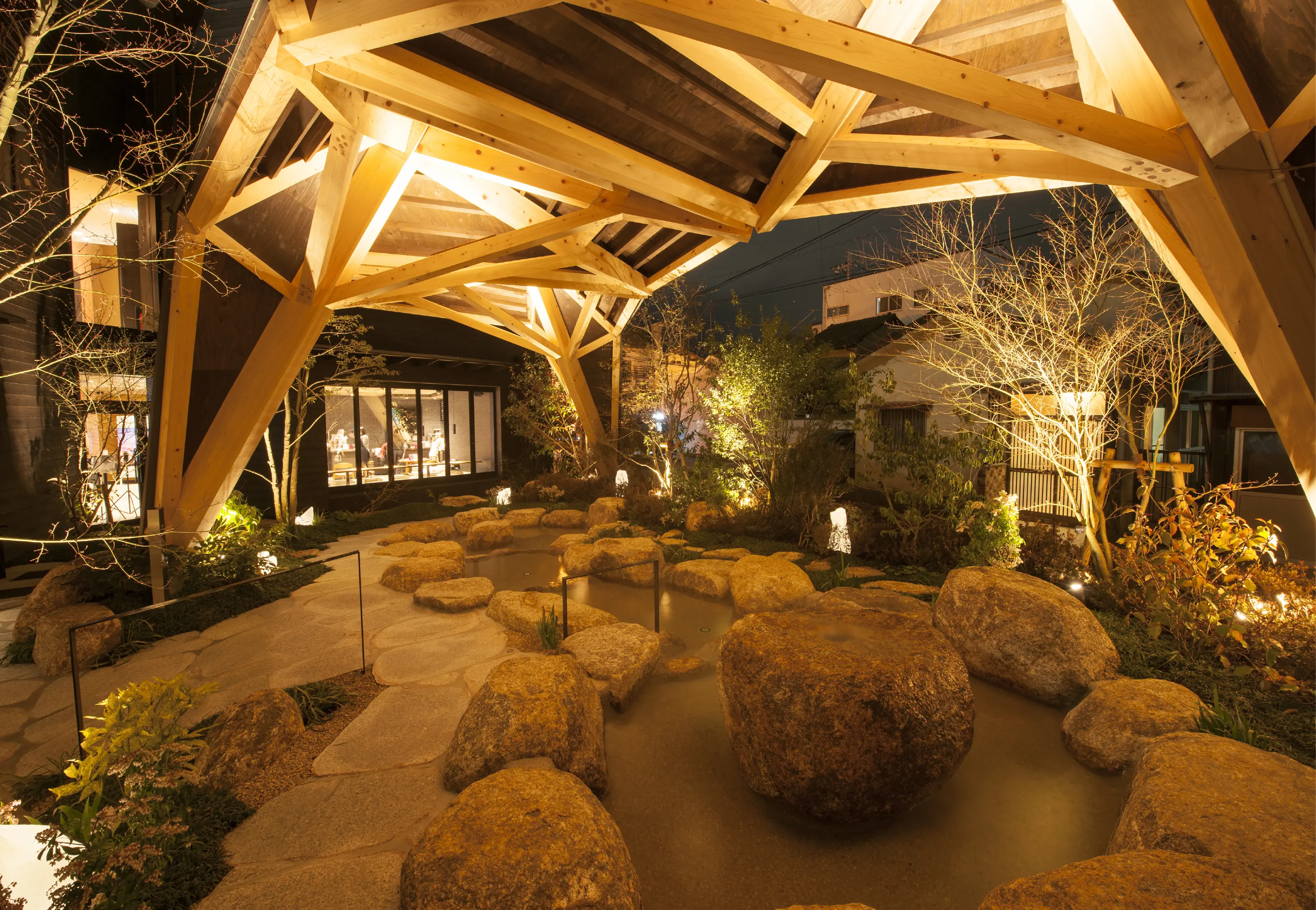
To refresh your tired body after a long trip, the hot spring district called Yuda Onsen is the place to go. The hot springs are said be where an injured white fox dipped itself in to heal wounds, so you’ll find white fox statues and manhole covers everywhere throughout the district. The district also has a variety of accommodation facilities of different sizes.
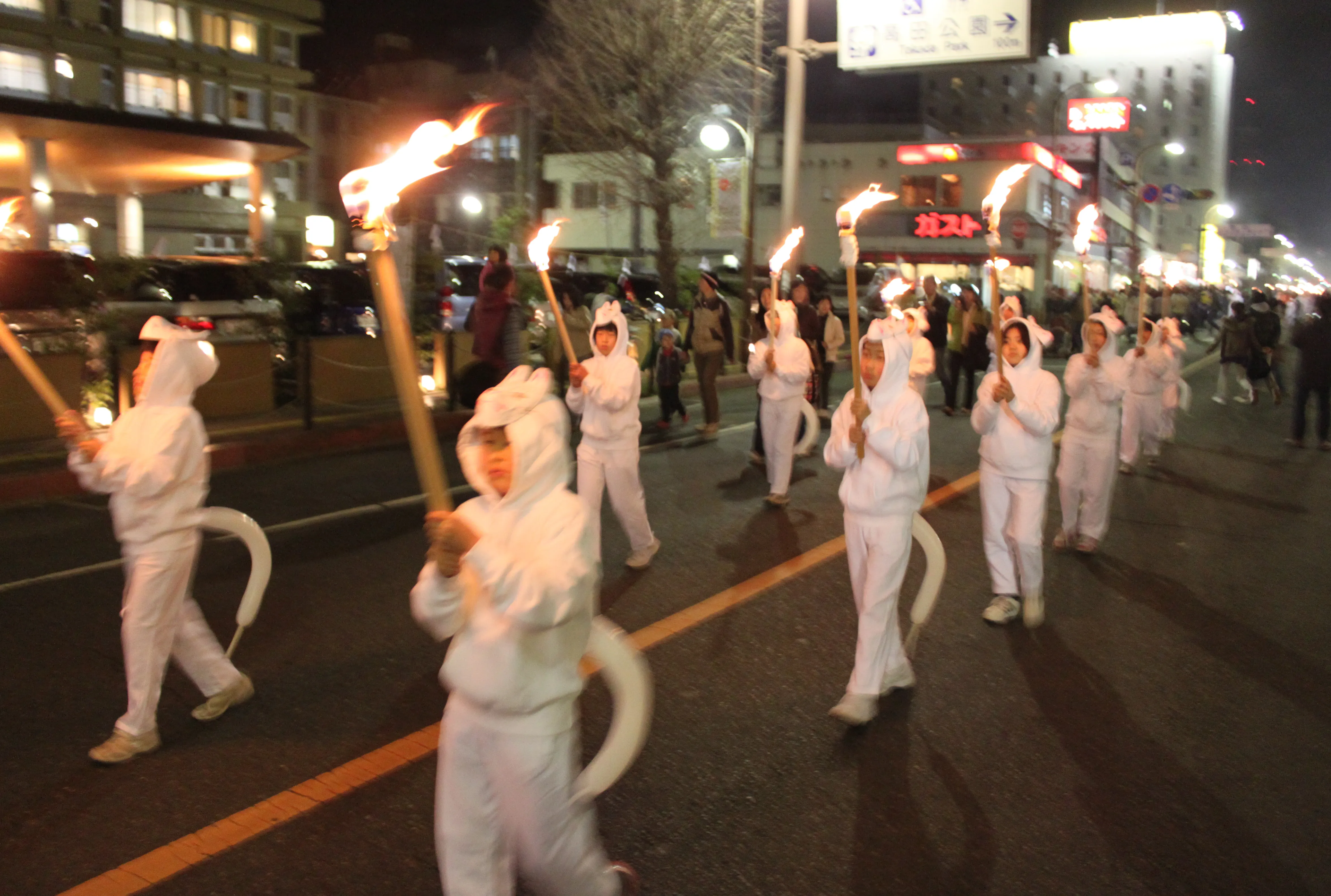
The "White Fox Festival" is held to express gratitude for the hot springs and to pray for the continued flow out of hot water.
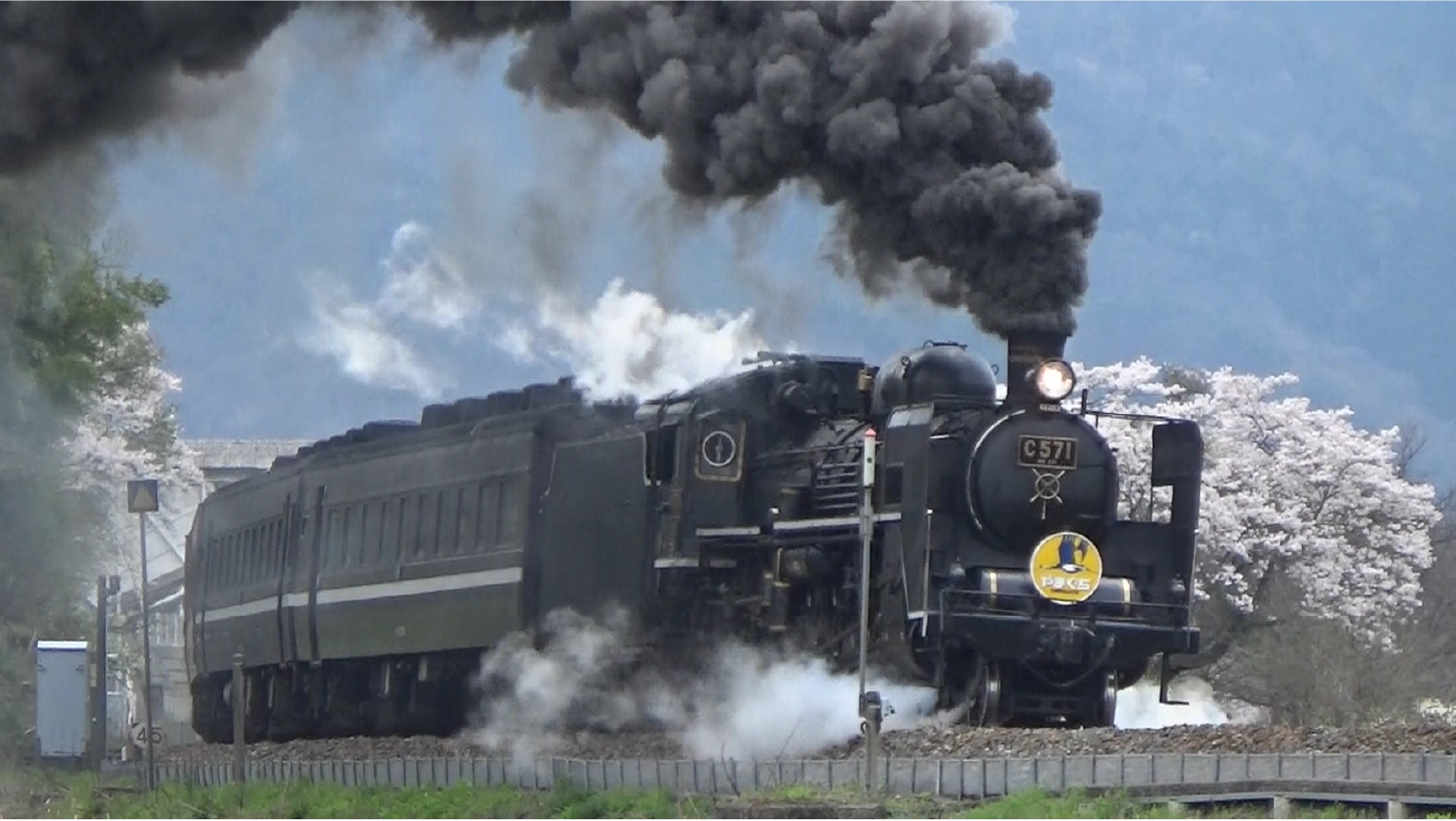
The steam locomotive "SL Yamaguchi-go" is still in operation. Please take a ride.
As for the transportation options to get to Yamaguchi City, it takes about three hours from Tokyo by air and train, and about five hours by shinkansen and train. Transportation around the city is not as convenient as those of major cities, but that doesn’t matter because the city is just so full of amazing local attractions. Yamaguchi City, a little-known spot in Japan. Why not include it in your itinerary?
(Information as of February 2024.)
<Related articles> ・Akihabara — a town where you can experience Japan, both old and new ・Immerse yourself in the energy and magnificent nature of Takachiho, a town with ancient myths and legends

